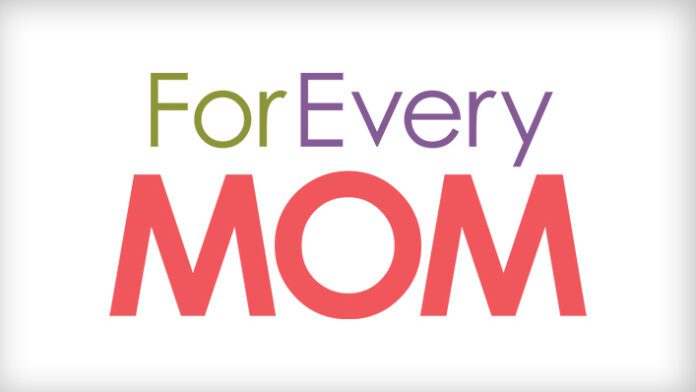To be safer from sexual abuse, every child needs to learn these three things about pornography:
- A definition that is simple and age-appropriate,
- A warning of how it can harm their growing brain, and
- A plan so they know what to do when they’re exposed.
First, kids need a simple definition that helps them recognize pornography–that’s the first line of defense for every kid. (You can devise your own or use the age appropriate one I created for my Good Pictures Bad Pictures books.) Many moms tell me that once they opened the conversation about pornography, only then did their kids have the words to report prior exposure.
One mom’s story shows how important it is to give kids a definition of pornography. Her two young daughters were at a friend’s house for a play date. When she arrived to pick them up, she noticed that their friend was showing her girls something on a smartphone. When they got into the car, she asked them, “What was she showing you on the phone?” The daughters looked at each other and then one of them said, “Oh, it was a My Little Pony video.” Months later, their mom read Good Pictures Bad Pictures: Porn-Proofing Today’s Young Kids to them, and they opened up. They finally had the words to communicate that they’d seen pornography that day, not a My Little Pony video. The mom told me, “They lied to me because they didn’t have the vocabulary to describe what they had seen.”
Second, kids need to understand how pornography can be harmful. They need reasons why they should overcome their curiosity and turn away. One elementary-age boy was shown pornography by a classmate while the two of them walked home from school. He immediately turned away because he had learned that viewing pornography can become a bad habit or even an addiction. In fact, he told his friend why he didn’t want to look and was successful in setting a personal boundary for his own safety.
Kids need lots of good reasons to help them practice safe tech habits. And it’s great when they hear it from other kids. That’s why we created an engaging, family friendly curriculum that uses the power of positive peers to teach digital refusal skills–it’s called Brain Defense®: Digital Safety. Check it out if you have kids ages 8-12. We like to think of it as Driver’s Ed for the Internet!
Third, kids need a specific plan, like a fire drill. They need to be taught exactly what to do when they are confronted with porn. None of us do very well when we’re caught off guard! When kids have a plan, they have a choice to defend themselves.
One boy in 3rd grade was shown pornography by a classmate on the playground. Luckily, his mom had armed him with a definition, a warning and the CAN DO Plan™ from Good Pictures Bad Pictures. He came home and told her what happened and then said, “I was scared, but I knew what to do!”
To get up and running with the latest facts about talking to kids about pornography, download this free QuickStart Guide: How to Talk to Kids About Pornography from Protect Young Minds. Or if your child has already been exposed to porn, download the SMART Plan Guide for Parents to learn how best to deal with the aftermath.
No child deserves to face the porn industry alone. Kids are safer from sexual abuse when they can recognize, reject and report pornography exposure to trusted adults.
***
For more encouragement and great tips, follow Protect Young Minds on Instagram, Facebook or Twitter.


